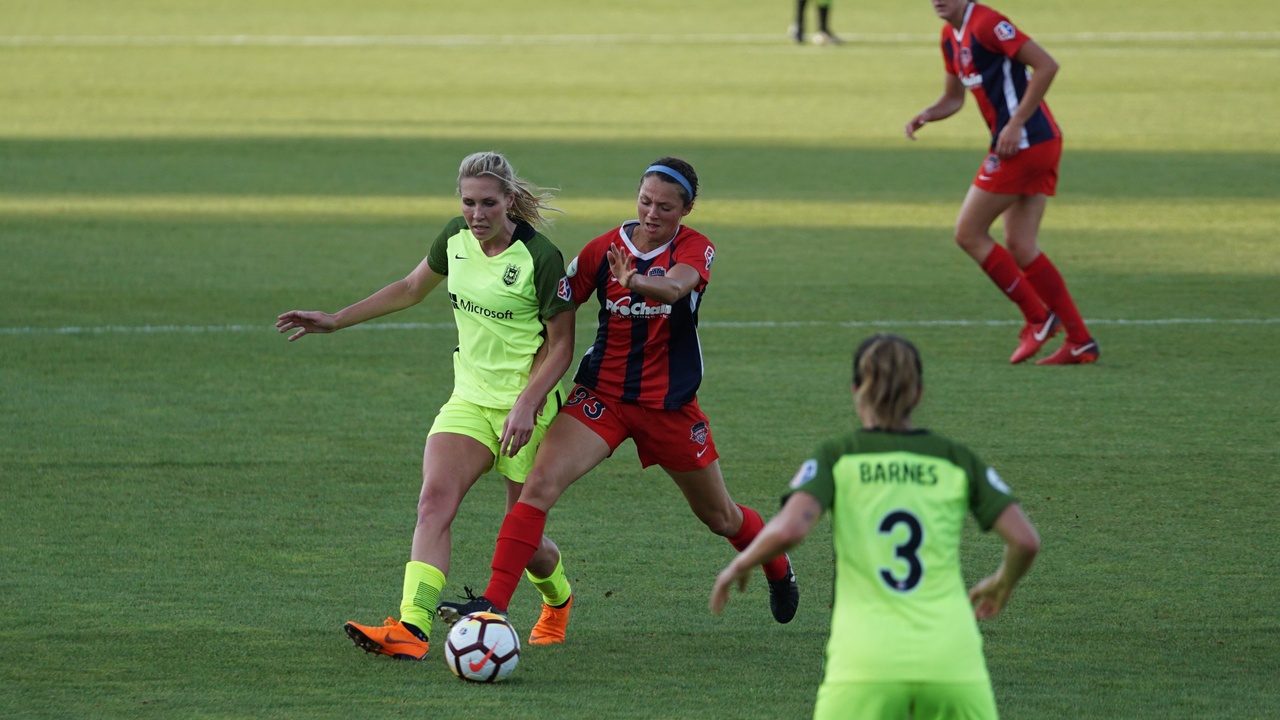
Moving Beyond Concentric Training
"An athlete's capacity to [resist] yielding is a key determinant to athletic success in general, and speed and explosiveness in particular." - Mike Young
Quick Review
Concentric
- Muscle shortens under load
- Weakest contraction of the three types
- Best at producing force slowly
Isometric
- Muscle length does not change under load
- Very strong contraction
Eccentric
- Muscle lengthens under load
- Strongest of the three contraction types
- Best at producing force fast under high load
The Left Side of the Force-Velocity Curve
The quote at the beginning of this post means that if we want our athletes to be fast and powerful, they need proficiency in their eccentric capacity. An athlete's eccentric capacity is their ability to produce high levels of force at high speeds, an absolutely critical quality they must have to maximize performance in competition.
The training we're talking about here exists on the left side of the force-velocity curve. Most coaches are familiar with the right side of the force-velocity curve, which is where we are improving our concentric capacity.
Traditional training lives mostly on the right side of the FV curve, but we want to add in some training on the left side of the FV curve too.
A quick word of caution: While a high eccentric capacity is crucial for athletic performance, we are not advocating for throwing traditional training out the window and over-doing it with eccentric training. Traditional methods are tried-and-true for a reason.
Don't Jump The Gun
Eccentric training may not be too foreign of a concept for most coaches. However the most common forms of eccentric training are done slowly with submaximal loads (< 100% concentric max). The benefits of this type of training are plentiful and uncontroversial, however they are far from the high loads and high velocities we see at the far left of the FV curve. Because of this, we do not want to just jump right into this type of training as it can greatly increase the chance for injury, especially if our athletes are not used to it.
What we need is a safe, and efficient progression to get our athletes prepared for the far left of the FV curve, which is high loads at high speeds.
The following is a chart you can use as a framework to start incorporating more than concentric training in your programming. In simple terms, we want to start with submax concentric loading, progress to max concentric, submax isometric, submax eccentric, max isometric, advanced eccentric, and finally to the highest form of eccentric loading - shock loading.
Disclaimer
How far you progress down the aforementioned continuum depends on your athletes' training level, and whether or not you have enough time with them in a session or block of sessions.
Never sacrifice the fundamentals for more advanced methods of training.



